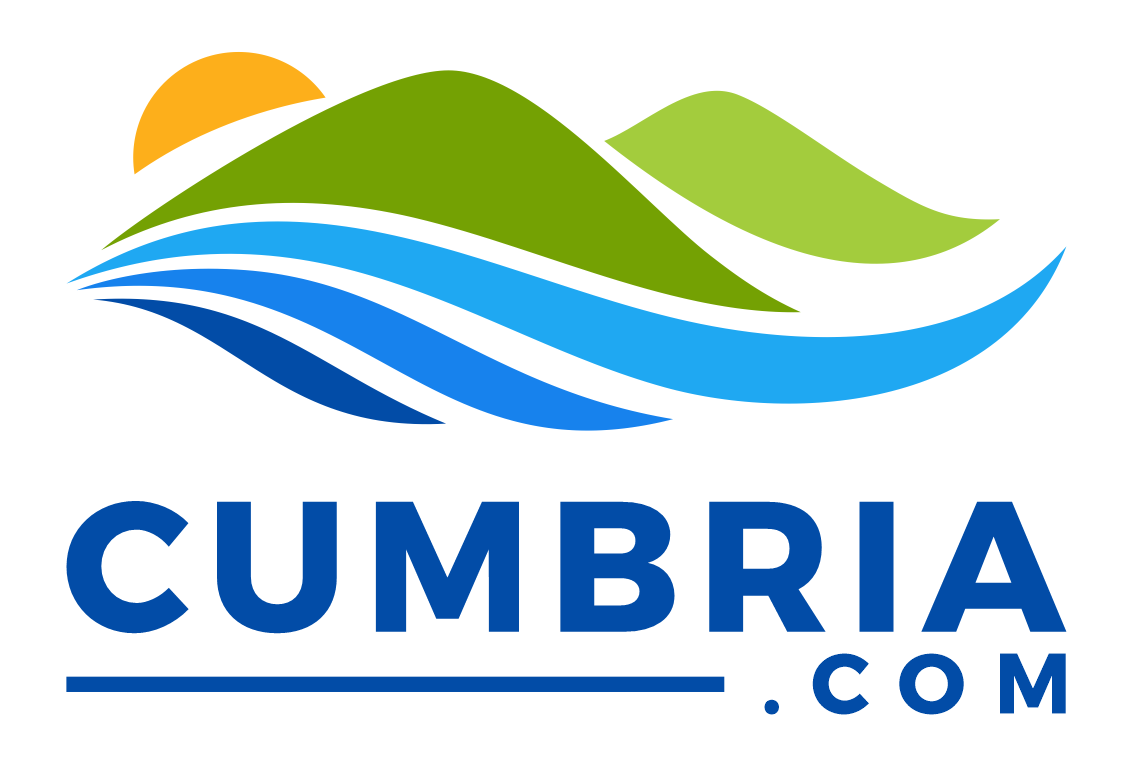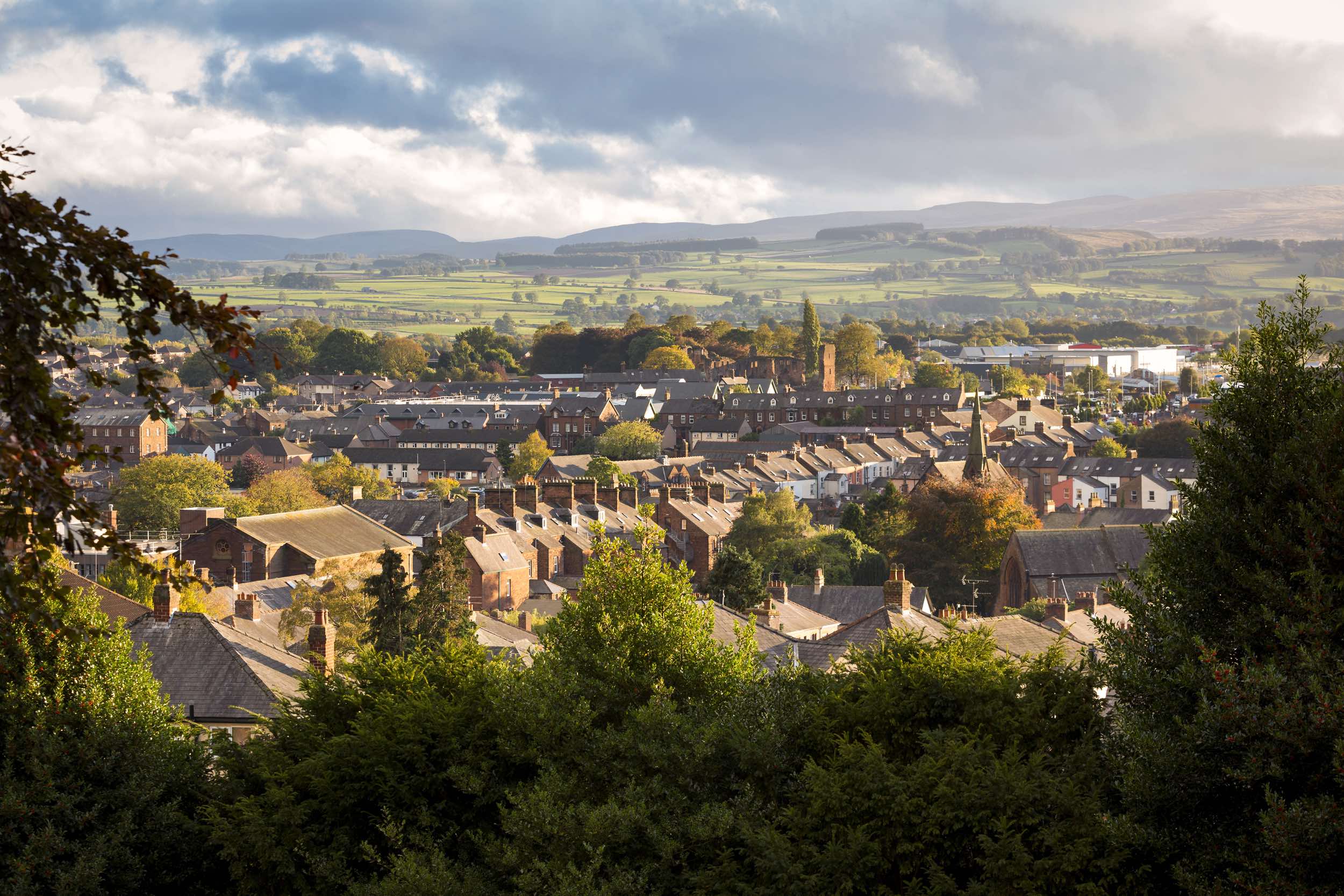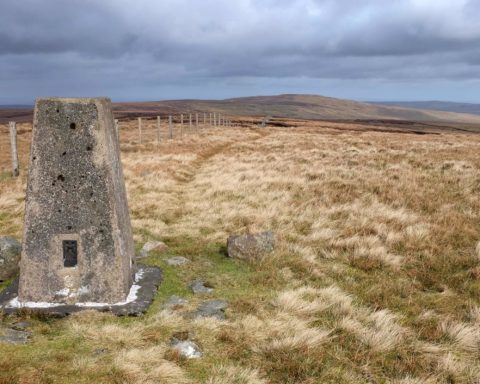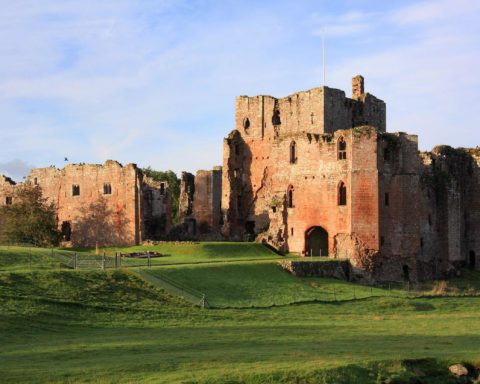The centre of Penrith is located little more than two miles from the edge of the Lake District. Combine this fact with its good road and rail links, and it’s hardly surprising that the town has become an important gateway for the northern part of the National Park. Travellers brush the outskirts of the town when crossing the country from east to west on the A66 or from south to north on the M6 motorway. Those relying on public transport can use the West Coast Main Line to get to Penrith, and then catch a bus to Pooley Bridge, Glenridding, Patterdale, Threlkeld, Keswick, Cockermouth or, in the summer, Windermere.
Among the attractions in the town itself is the Penrith and Eden Museum located in a seventeenth-century building on Middlegate, next to the Tourist Information Centre. It contains displays relating to the area’s mining heritage, prehistoric artefacts unearthed locally and various rocks and fossils.
A four-minute walk from the museum leads visitors to the red sandstone church of St Andrew’s, with its prominent medieval tower. Among its most interesting features are the Giant’s Grave and the Giant’s Thumb, both of which can be found in the graveyard. The latter is the remains of a tenth-century wheel cross, while local legend claims the ‘grave’ is the final resting place of a Celtic king.
The town’s castle was built towards the end of the fourteenth century, after Scottish attackers had all but destroyed Penrith on at least three occasions. All that remains of the building today is part of its south wall and two dilapidated towers. They can be found in a public park opposite the railway station.
The name Penrith is thought to be of Celtic origin, meaning the town of the ‘red hill’. The hill in question is probably Beacon Hill. Crowned by a monument built in 1719 and providing views into the Lake District, the summit is less than an hour’s walk from the town centre.
The attractions around the Eamont Bridge and Brougham area are also within walking distance of the town. These include Brougham Castle, the Countess Pillar, Brougham Hall, Mayburgh Henge and King Arthur’s Round Table. Slightly further afield are Ninekirks church, Pooley Bridge on the north-eastern tip of Ullswater, the grand old house and gardens of Hutton-in-the-Forest, the Upfront Gallery at Unthank, the villages of the Eden Valley and the National Trust’s Acorn Bank garden and watermill.
The auction mart at Skirsgill, next to junction 40 on the M6, hosts one of two Potfest events held annually in Cumbria. Up to 150 potters and ceramicists display and sell their work at Potfest in the Pens every summer. The other event, Potfest in the Park, is held at nearby Hutton-in-the-Forest. Another important date in Penrith’s calendar is the Winter Droving. A fire and lantern procession is the highlight of this October festival which also includes street performances and market stalls.





